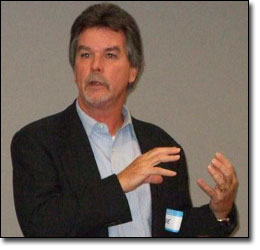Tag
hospital errors
-
•
Disclosure of hospital infections still in its infancy
On Forbes.com, Gergana Koleva evaluated the woeful state of national hospital-associated infection reporting, with the help of recently published research.…

-
•
Programming errors led to overdoses with pain-medicine pumps
Building off a state health department report showing that, as The Morning Call‘s Tim Darragh wrote, “Nurses at St. Luke’s…

-
•
Hospital sues to block release of records
Parkland Memorial Hospital in Dallas, the subject of recent reports that patients were at risk, has sued the Texas attorney…

-
•
Reports detail Dallas hospital on brink of losing federal funds
Late Friday, a damning federal report declaring that patients were at risk at Parkland Memorial Hospital in Dallas was released.…

-
Fla. hospitals make little progress on error reduction
South Florida Sun Sentinel reporters Sally Kestin and Bob LaMendola report that, despite the myriad initiatives and protocols launched in…

-
•
Allen looks at present, future of Nev. transparency
Writing for the Las Vegas Sun, reporter Marshall Allen put a fitting cap on an award-winning investigative run at the…

-
Alarm fatigue hurts patient care, overwhelms nurses
In the wake of several high-profile incidents, The Boston Globe‘s Liz Kowalczyk has assembled a thorough investigation of alarm fatigue…

-
•
“Never events” still happen sometimes
Photo by Garrett P. via Flickr MedPage Today’s Crystal Phend drew two key lessons from a recent paper on the…

-
•
Canadians fight for disclosure of medical treatment
It took eight years, a whistleblower and intervention from a state commissioner to uncover a fatal medical error in a…

-
Innovative approaches to malpractice, errors
American Medical News reporter Kevin O’Reilly writes about a presentation by David Mayer, M.D., University of Illinois at Chicago Institute…


